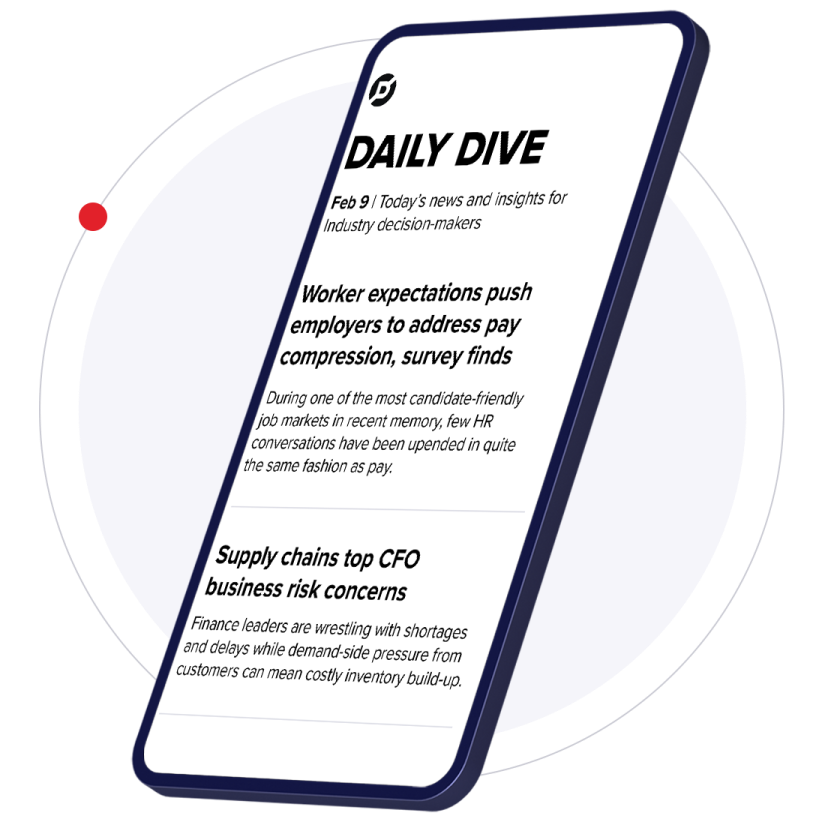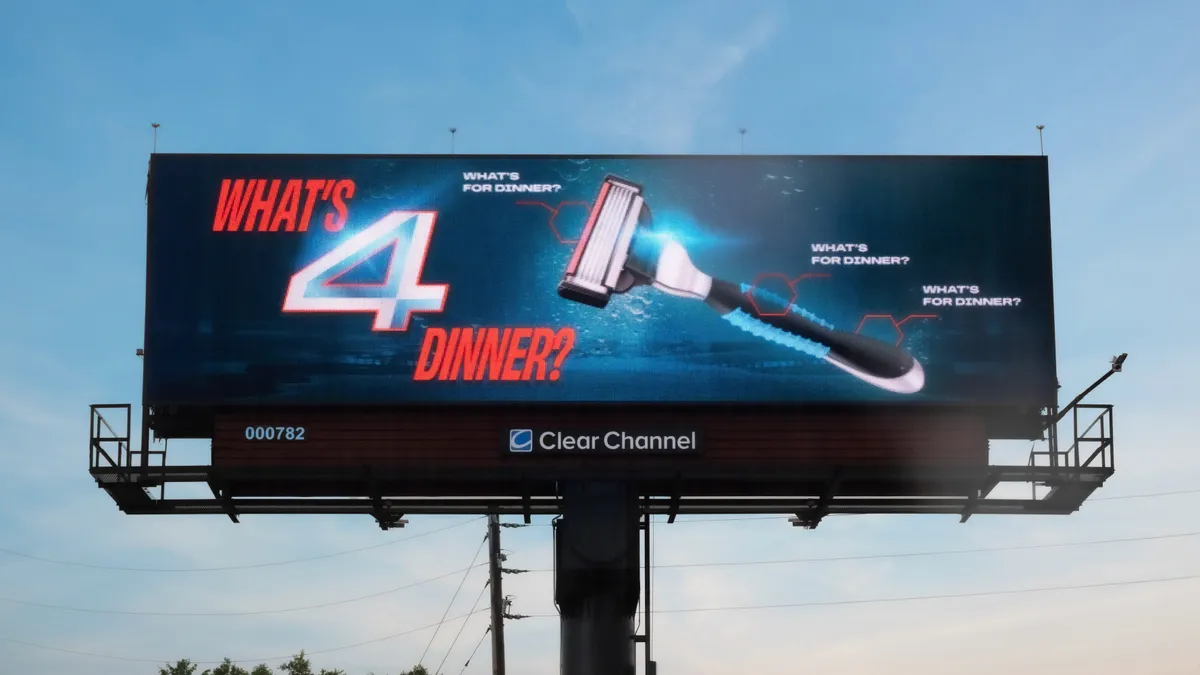At the halfway mark, marketing around Pride Month is noticeably subdued compared to last year, when protests marred many celebrations, including the campaigns at brands and retailers.
This is especially true at Target, where the exuberant merchandising and signage of 2023 have been replaced by, in some stores, no mention of Pride at all. Pride-related items at the mass retailer are relegated to its website and only select stores. Target’s online Pride page is fairly minimal compared to J.C. Penney’s, which features several colorful banners with information about special merchandise, supported projects and charities, some of their own LGBTQ+ employees, and portraits of designers and brand founders who are partnering with them for Pride Month.
It isn’t just Target scaling back. Barbara Kahn, a professor of marketing at the University of Pennsylvania's Wharton School, has noticed a marked decrease in brand messaging around Pride this year. That doesn’t necessarily mean a sea change in retailers’ support, she said.
“I think retailers are doing what they did before,” she said by phone. “They're supporting the community, but they're not blaring their horns about it. They're not really taking credit for it. They're not pushing it.”
This indeed has been Target’s emphasis this year. For this story, a company spokesperson reiterated a statement from last month, saying that “ Target is committed to supporting the LGBTQIA+ community during Pride Month and year-round.”
“Most importantly, we want to create a welcoming and supportive environment for our LGBTQIA+ team members, which reflects our culture of care for the over 400,000 people who work at Target,” the statement continued. “We have long offered benefits and resources for the community, and we will have internal programs to celebrate Pride 2024.”
The lower-key marketing likely springs from last year’s severe pushback. As anti-LGBTQ+ rhetoric flared on social media, agitators singled out Target, which had prominent displays at many stores and merchandise designed for transgender people. Citing safety concerns, the company scaled back Pride displays at some locations, which in turn prompted another backlash, this time from LGBTQ+ advocacy groups and allies.
Last year, some within and outside the community worried that the retreat signaled deterioration in support for LGBTQ+ people and causes. Groups like the Human Rights Campaign, GLSEN and others issued statements and spoke to the media to urge Target to rethink its pullback. This year, many of those same groups haven’t responded to requests or declined to comment for this story.
Everyone is likely taking a pause, Kahn said.
“I don't see anybody stepping back from the support. So that's very important for the community and for society as a whole,” she said. “I think it’s okay to take a breath and not polarize the issue. I don't think it's making any kind of strong statement, because I don't think the support is vanishing. I think the support is still there.”
Last year, a vocal minority — extremists and people egged on by extremists — caused last year’s trouble, according to Randy Mercer, chief product officer at content strategy platform 1WorldSync. Now, everyone else is trying to figure out what the right balance is between support for Pride and enduring vitriol.
Pride Month remains important to many consumers, especially younger ones, with more than half of Gen Z and 45% of millennial consumers planning to celebrate it, according to recent research from 1WorldSync. About a third of all consumers say they will attend Pride events, and nearly 40% want to support LGBTQ+ businesses, with higher percentages among younger generations.
“From a marketing perspective, support for Pride is very commonplace today, as it should be,” Mercer said by video conference. “You've got a basis of support that you can market to, and just strike a nice balance. But you'll always stand the risk of upsetting this vocal minority. You just have to be aware of it and navigate it, and I think this year, everybody did a better job than they did last year.”
If “anti-woke” firebrands managed to quiet marketers during this year’s Pride to some extent, they don’t seem to be having the same effect on lawmakers, according to a recent report from the Human Rights Campaign. A year ago, the LGBTQ+ rights advocacy group declared “a national state of emergency for LGBTQ+ people in the United States,” reflecting an increase in hateful rhetoric and anti-LGBTQ+ legislation, some of which has become law in certain states. In the past 12 months, however, many such bills have been defeated, while others protecting LGBTQ+ rights have passed, indicating an important shift, the group said.
For retailers and brands, the experiences and approaches of Pride Month 2023 and 2024 are set to inform marketing in future years, Mercer said. One takeaway may be that companies are better off separating their corporate stance from their merchandising.
“It's just an interesting lesson for everybody,” he said. “It has impacted, not just this specific social event, but just how folks are thinking about a lot of their marketing initiatives. It's important to show support for social initiatives, of course, but if you're here to make money — what am I selling, who am I selling it to and who am I not selling it to?”

























